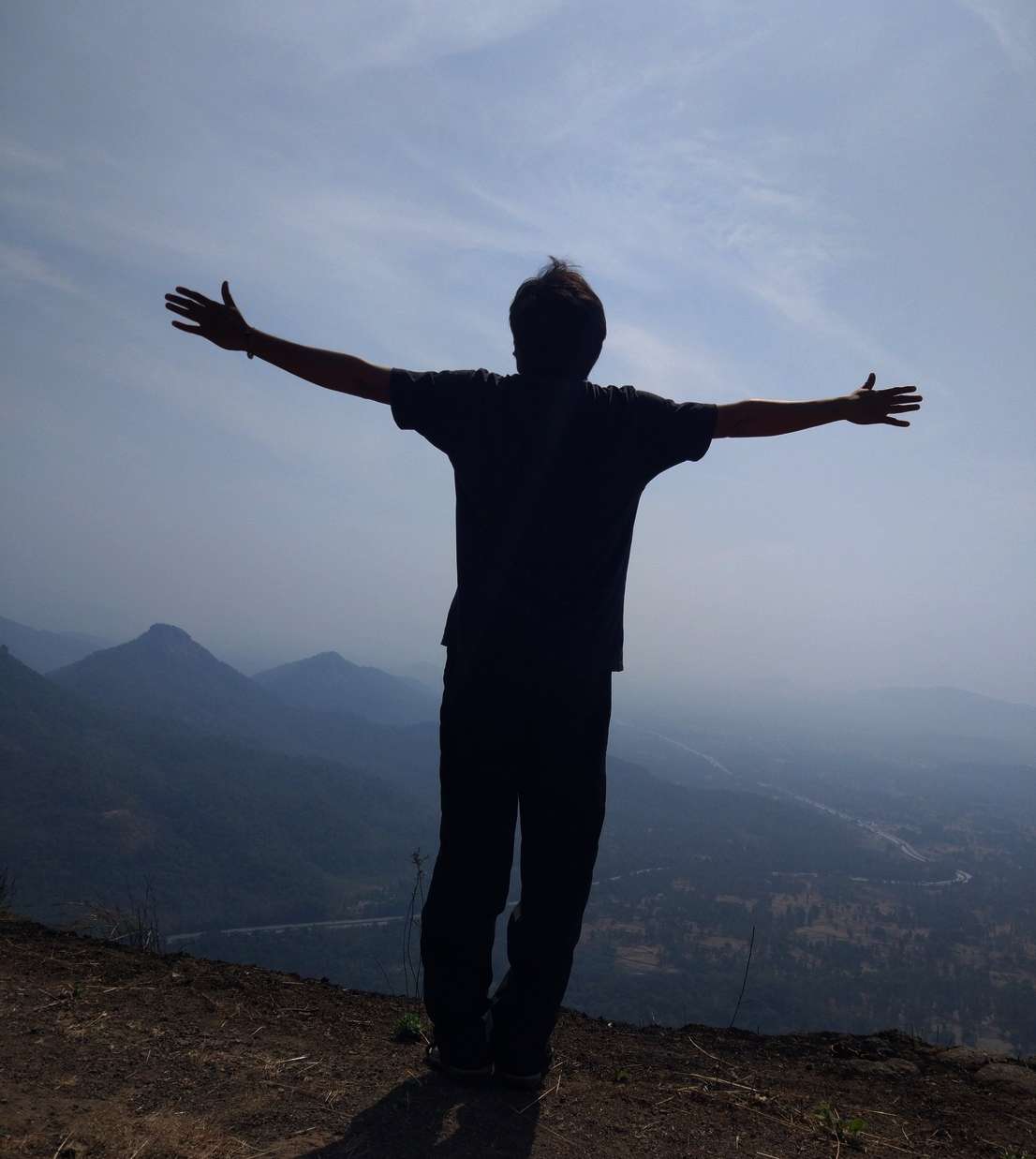My visit to Adalaj Stepwell was one of the most captivating experiences of my travels in Gujarat. This intricately carved stepwell, built in the 15th century, is not just an architectural marvel but also a symbol of the region’s rich cultural heritage. Walking through its beautifully designed corridors and steps, I felt transported to an era where art and utility blended seamlessly.

Table of Contents
Historical Significance of Adalaj Stepwell
The Adalaj Stepwell, also known as Adalaj Vav, was built in 1599 by Rani Roopba, the wife of a local Muslim ruler, Vijay Singh. It was constructed to provide water to the region, especially during the dry seasons, but it is much more than just a source of water. The stepwell also served as a resting place for travelers, and the architecture reflects a blend of Hindu, Jain, and Islamic styles.
The stepwell is often referred to as an example of “vav” or stepwell architecture, which is common in the arid regions of Gujarat. It was designed to store water and provide a cool retreat for people to escape the heat of the region. Over the years, the stepwell has become an iconic symbol of Gujarat’s rich cultural and architectural heritage.
Visit to Adalaj Stepwell
As I approached the Adalaj Stepwell, I was struck by how the structure blends seamlessly with its surroundings. The stepwell is built with sandstone, and it has a distinct rectangular shape that descends into the earth. The stepwell is surrounded by lush greenery, and as I made my way down the stairs, I could feel the temperature drop, which was a welcome relief from the heat.
The surroundings of the stepwell are well-maintained, with a beautifully landscaped garden and walking paths. The atmosphere is peaceful, and I found it to be an ideal spot to relax and appreciate the intricate craftsmanship of the structure.
Architecture of Adalaj Stepwell
The Adalaj Stepwell is an impressive architectural masterpiece, with five levels of stairs leading down to the water. The design of the stepwell is highly elaborate, with intricate carvings, sculptures, and ornate pillars that tell the story of Hindu gods, goddesses, and kings. As I descended the steps, I noticed the elaborate carvings on the walls depicting scenes from ancient mythology, such as goddesses, deities, animals, and floral patterns.
The stepwell is known for its deep and symmetrical design, which reflects the engineering brilliance of the time. The vav or well is surrounded by walls adorned with delicate carvings, which allow natural light to filter into the structure. This lighting adds a mystical and serene atmosphere to the entire site, especially as the sunlight dances on the walls in the late afternoon hours.
The Iconic Central Pillar
One of the most striking features of the Adalaj Stepwell is the central pillar that stands tall in the middle of the structure. This pillar is beautifully carved with intricate designs and serves as the focal point of the entire stepwell. The spiral staircase that runs along the edges of the well is equally captivating, and I couldn’t help but marvel at the precision with which this architectural gem was created.
Water and the Role of the Stepwell
As I reached the bottom of the well, I saw that the stepwell was originally designed to store water during the monsoon season. The water level had receded over time, but the well still had some water, and I could imagine how, in the past, it must have been an essential resource for the people of the region.
The coolness at the bottom of the well was a testament to the ingenious design that allowed people to find respite from the scorching heat. The stepwell also had an aesthetic function, where people could gather and enjoy the scenic views from the lower levels.
The Surrounding Area
The stepwell is surrounded by an area that is calm and tranquil. A small temple is situated near the stepwell, where visitors can offer prayers or simply sit in reflection. The entire complex has a serene atmosphere, perfect for a peaceful escape from the busy urban life. As I sat by the steps, I could feel the deep history that lingered in the air—this was once a place for travelers to rest and rejuvenate, just as it remains a place of quiet reflection today.
The landscaped gardens surrounding the stepwell also added to the beauty of the site. The well-maintained lawns and lush green surroundings made it a pleasant place to walk around, and there were plenty of shady spots to sit and enjoy the peaceful ambiance.
The Sunset View
One of the highlights of my visit was witnessing the sunset from the top of the stepwell. As the sun began to set, the sky turned a golden hue, and the surrounding landscape was bathed in soft, warm light. The view from the top of the stepwell, with its intricate carvings and the horizon in the distance, was simply breathtaking.
Tips for Visiting Adalaj Stepwell
- Best Time to Visit: The best time to visit the Adalaj Stepwell is during the cooler months, from October to March. Early morning or late afternoon is ideal, as the temperature is comfortable, and you can also enjoy the beautiful light.
- Wear Comfortable Footwear: Since the stepwell has many stairs, be sure to wear comfortable shoes that are easy to walk in.
- Respect the Heritage: The stepwell is a historical site, so it’s important to respect the rules and avoid touching the delicate carvings and sculptures.
- Photography: The site offers plenty of opportunities for photography, so don’t forget your camera to capture the beauty of the architecture.
Personal Reflections
My visit to Adalaj Stepwell was a fascinating experience that allowed me to dive deep into the architectural and cultural history of Gujarat. The stepwell is not just a marvel of engineering, but also a symbol of the region’s rich heritage and historical significance. Whether you’re a history buff, an architecture enthusiast, or someone who simply enjoys peaceful spots of natural beauty, the Adalaj Stepwell is an unmissable destination.
The tranquil atmosphere, intricate carvings, and historical charm make it a must-visit location in Gujarat, and I highly recommend stopping by if you’re in the Ahmedabad area.



